Day 29
S85 10' 54.48", W80 47' 44.16"
///replenish. shelling. fabulous
The team start heading steadily back to Thiels to await pick up.
“Hi everyone, it’s Martin on day 29 of the expedition.
As you’re all aware now, the Achilles has got to the point where it’s not really playing ball unfortunately. So we got to do a bit a of a review of where we’re at, what distance we’ve got, and, ultimately, what the objectives of the expedition are.
In terms of the Achilles itself, it’s been going on for about 14 days now, and it’s still a dull ache, to a throbbing. It’s a bit like nerve pain, similar to what I get in my right arm, that shoots up and down, either side of the Achilles. And then it gets to a point where it starts to spasm, and then I can’t weight bear on it. And we were getting to the 14-15 mile point for about five days, before it got to that point. That then started coming down to the 12-13 mile point. And then that’s been rapidly reducing. It comes on much faster each day. Hence we decided to rest it.
Now we’re in a position where, had we continued, we could have stayed in situ, and let it rest for four or five days, which – realistically – is probably the minimal amount of time it’s going to need before I can start doing distance on it again; saying that I’m not a doctor, I’m guessing. Or it could be a lot longer. That would put us in a position where we’d then be under quite a lot of time pressure to get to the Pole before our Mount Vinson summit attempt rotation. It would also put us in a position where we wouldn’t potentially be able to get the distances covered. And it could get worse. And it could get worse at around 87 degrees; and we know from the ALE travel safety team that the sastrugi around there gets bigger. That’s what’s been causing the problem in the first place. Basically, putting all my load through that left side in order to negotiate the sastrugi. It’s been what’s causing the issue in the first place I think.
The challenge we’d have by going to that area, is that we’d then be in a position where, if we needed evacuation from there, if we got to the point where it snapped, or it got really bad, It’s more dangerous for them to come in because of the sastrugi, and that’s something that we’re not prepared to allow to happen. After consultation with the doctor at ALE, Paddy, who’s been fantastic, with Lou, who’s I think probably got more miles on unsupported expeditions than any other human being in history in Antarctica, and with Mark and Chris, two of our fantastic sponsors, and taken all of their advice; we’re going to go back to Thiels airfield, which we started this morning. And we decided to just walk until it gets to the point where it starts to throb, and stop before the shocks start to kick in, so we’re not causing more damage to it.
We’ve done five miles back towards Thiels today, we’re going to stop now, and we’re going to keep on heading back at whatever pace we can until we get there. And ALE are going to come and pick us up at some point. They’re doing everything they can; Tim the operations manager in particular, and all the team back there, they’re doing what they can to look at contingency plans for us.
Hopefully, if it improves in time, we may be able to redeploy. It will obviously mean not doing the full 720-mile distance we started doing; maybe something around the 400-mile mark that we end up doing. But if it does heal in time, we can still go out, and we can still get to the South Pole potentially. And the other big thing is that we can then potentially go on and do our summit attempt of Vinson, which we’re scheduled to do on the 9th of January.
So, in the words of one Mr Smith, who always gives me good advice as a mentor, more of a mentor anyway, ‘strategic withdrawal. Re-plan.’ That’s what we’re going to do.
Keep following guys.
More updates tomorrow.”
// FOLLOW THE CHALLENGE //
Watch and listen to all the updates, live on the Shackleton map
or donate here and enable more adaptive athletes to take part in adventure challenges!

